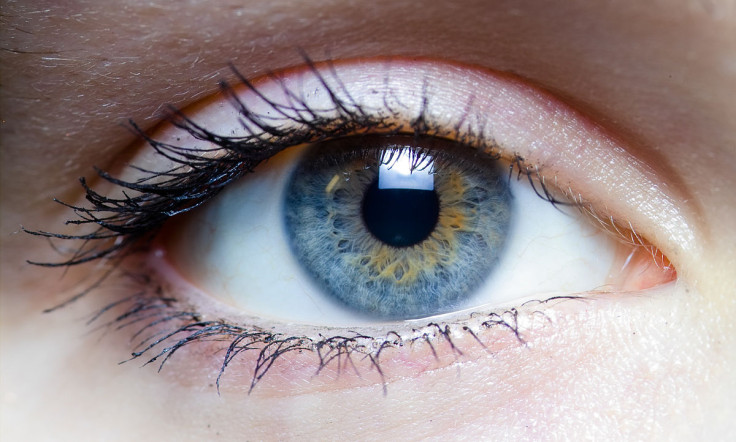Bionic lenses make eyesight 3 times better than 20/20 and could eradicate glasses for good

A Canadian optometrist has invented a tiny bionic lens that is capable of enhancing eyesight so that an individual can see three times better than the sharpness of 20/20 vision, which could revolutionise the eye care industry.
Dr Gareth Webb from British Columbia has invented the Ocumetics Bionic Lens, a button-shaped lens that can be injected into the eye painlessly in eight minutes in a procedure identical to cataract surgery.
The product of eight years of research and $3m (£1.94m) of investment, the Bionic Lens features the patented Ocumetics camera optics system. A tiny bio-mechanical camera is able to shift focus from a close range object to optical infinity – as far as the eye can see – much faster than the human brain is able to.
"This is vision enhancement that the world has never seen before. If you can just barely see the clock at 10 feet, when you get the Bionic Lens you can see the clock at 30 feet away," Webb, the CEO of Ocumetics Technology Corp, told the Canadian Press.
"At age 45 I had to struggle with reading glasses, which like most people, I found was a great insult. To this day I curse my progressive glasses. I also wear contact lenses, which I also curse just about every day."
Say goodbye to cataracts

As people get older, the lens inside the human eye often develops cloud patches as it decays over time, causing blurred vision, known as eye cataracts. With the Bionic Lens inserted, the person's lens is essentially replaced by the Bionic Lens, and so the person's eye will never grow cataracts.
Ocumetics Technology Corp claims the camera technology in the lens is able to produce three-dimensional visual landscapes in optical images that have been naturally formatted and with no time delay, eyestrain or headache.
By being able to offer 3D images directly to the eye, Webb hopes that the technology can be used for other applications, such as to create headsets that could replace mobile devices, TVs and computer display monitors.
Speeding ahead of liquid lens

For several years scientists and technologists have been working on liquid lens technology (also known as fluid lens).
Liquid lenses don't require moving parts or motors, consisting of one or two types of fluid in a small chamber that magnify and focus an image by light passing through the chamber that can be adjusted using a small electric current.
It is thought that liquid lenses could be the future for consumer cameras and camera lenses for mobile devices, and big firms like Samsung, Sony and Olympus have filed patents for the technology, but it is still early days.
On his website, Webb claims his invention has many advantages over liquid lens technology in terms of cost, response time, optical resolution, range of focus, image stabilisation, energy consumption and lens aperture size.
Following his presentation to top ophthalmologists at the 2015 Annual Meeting of the American Society of Cataract and Refractive Surgery in San Diego in April, surgeons around the world are now interested in the technology.
Many are keen to participate in clinical trials on animals and blind humans that are coming soon, and depending on regulatory processes in each country, Webb hopes the Bionic Lens will be commercially available by 2017.
© Copyright IBTimes 2025. All rights reserved.






















